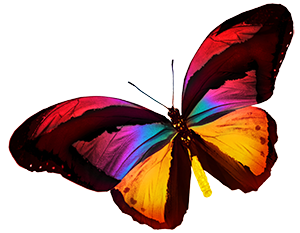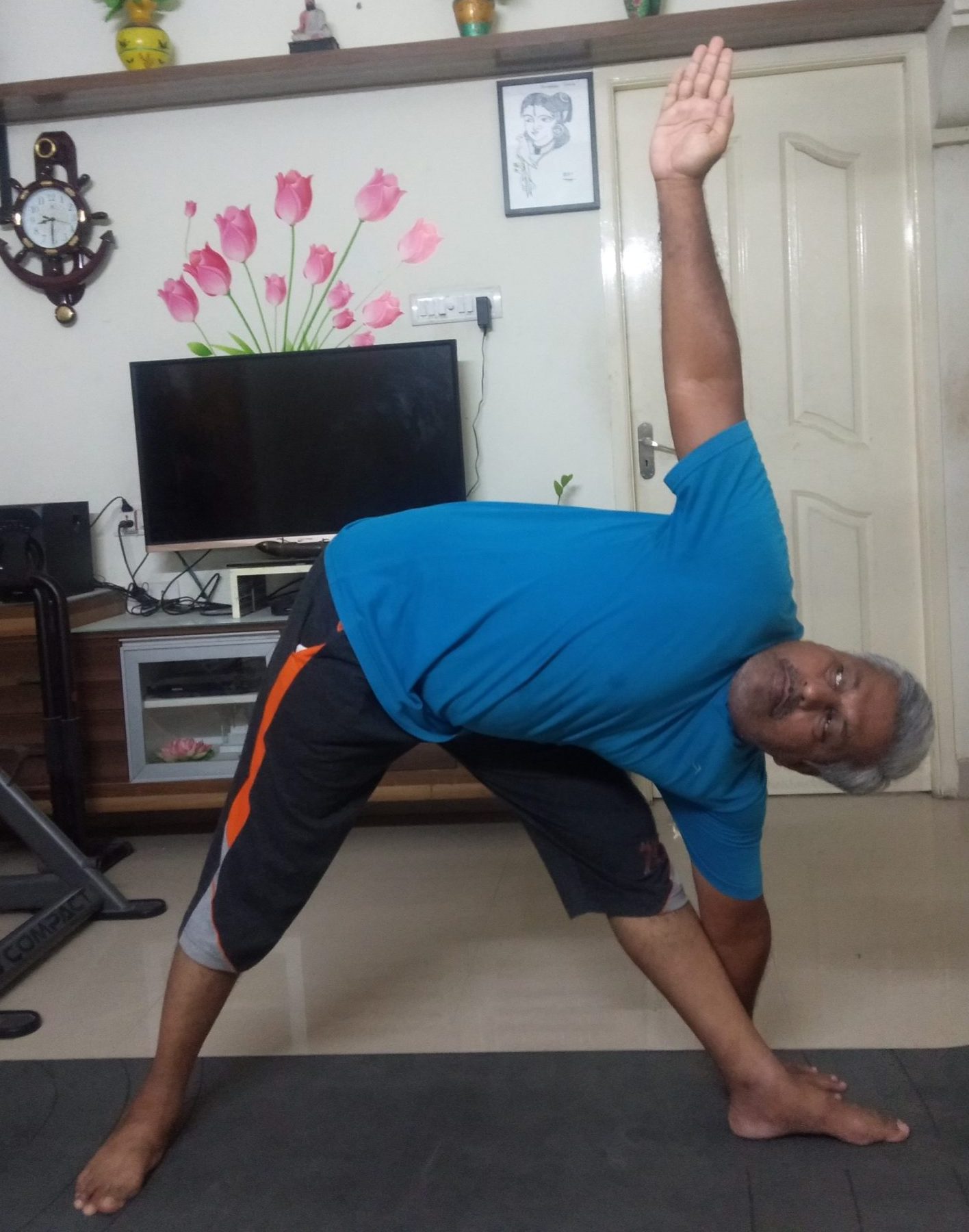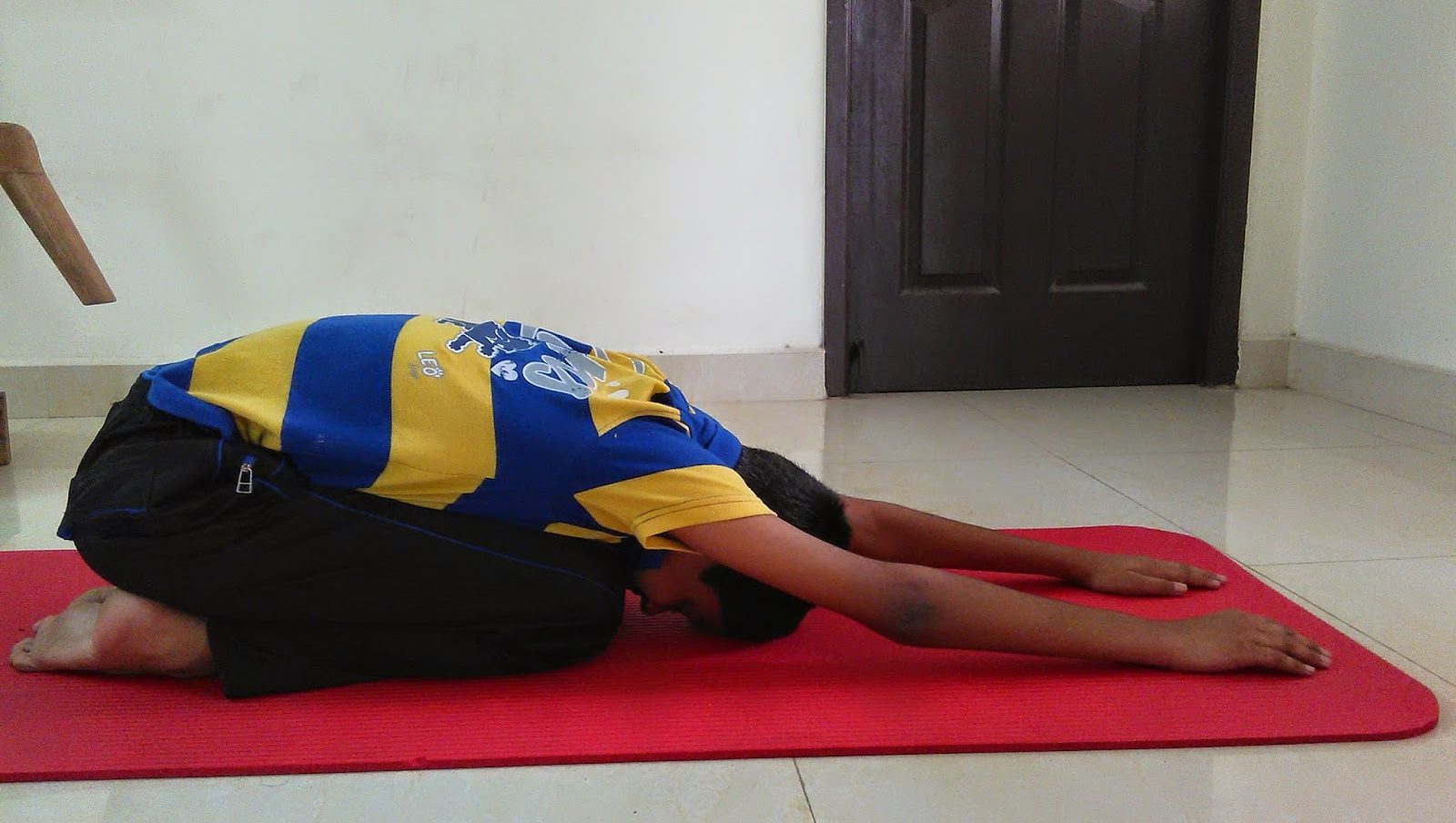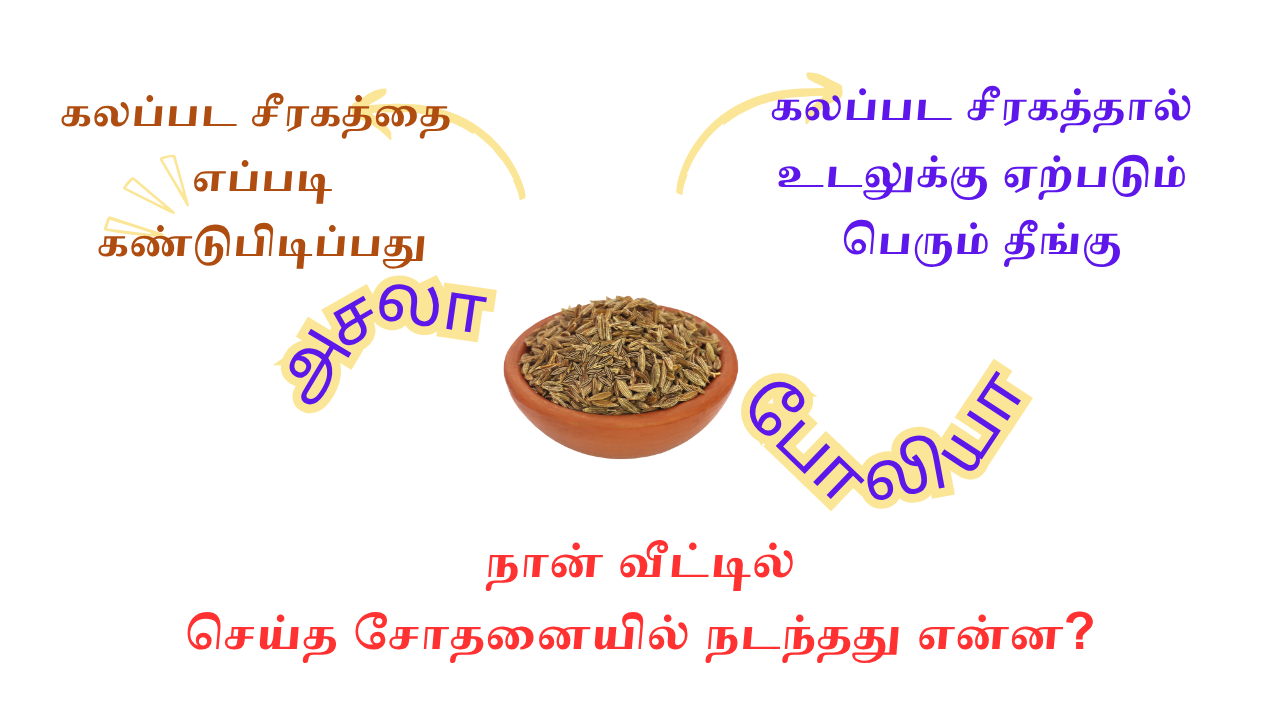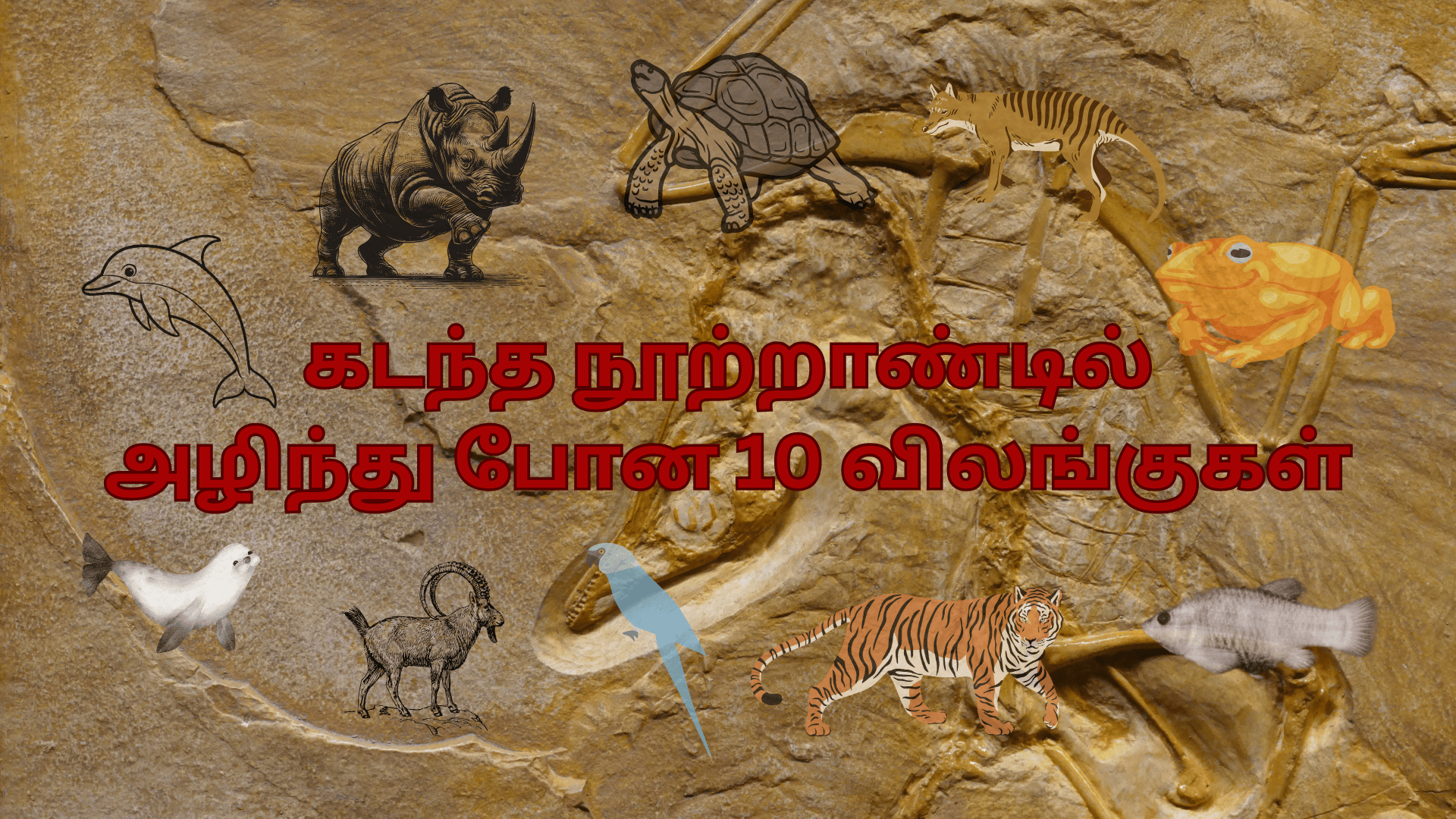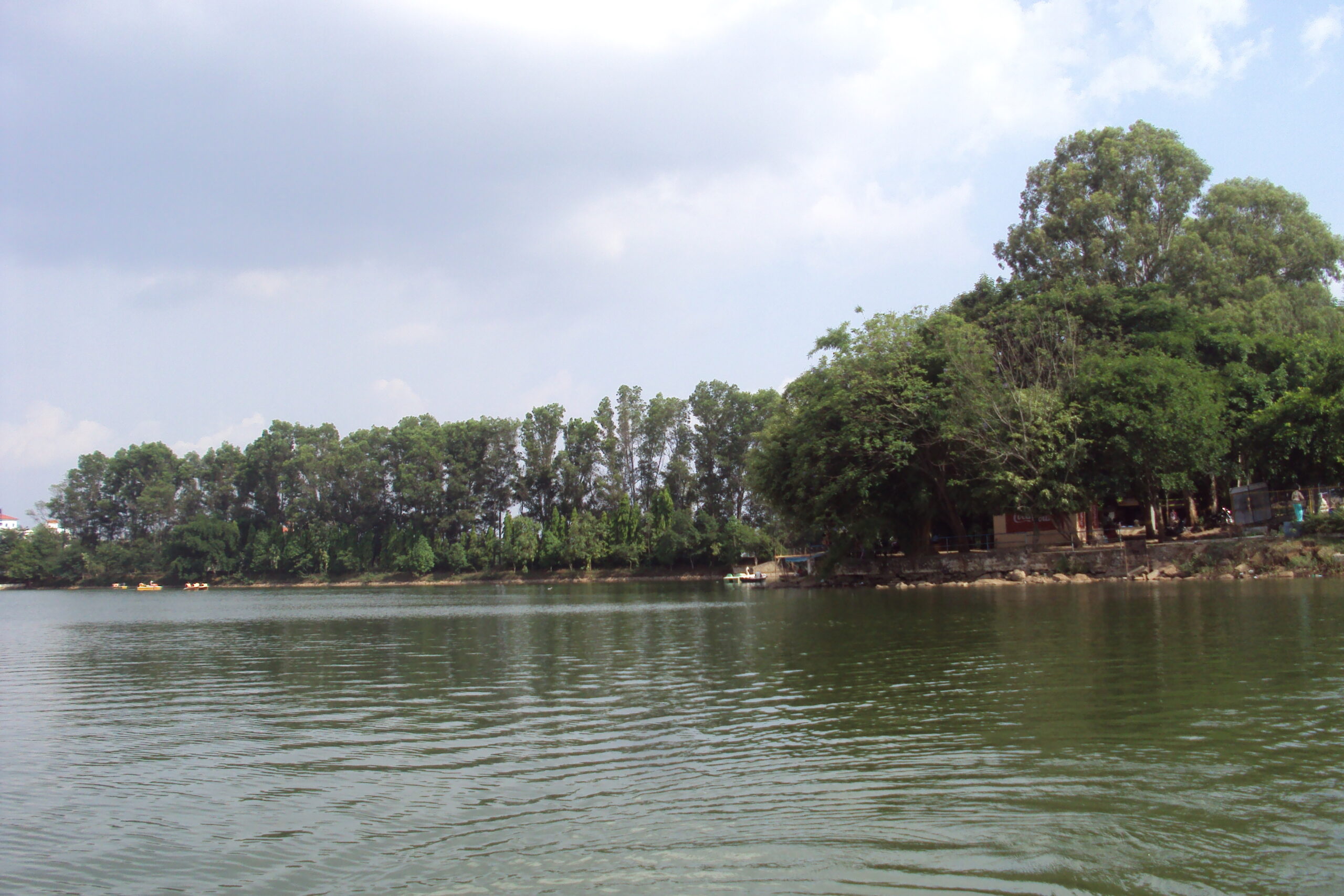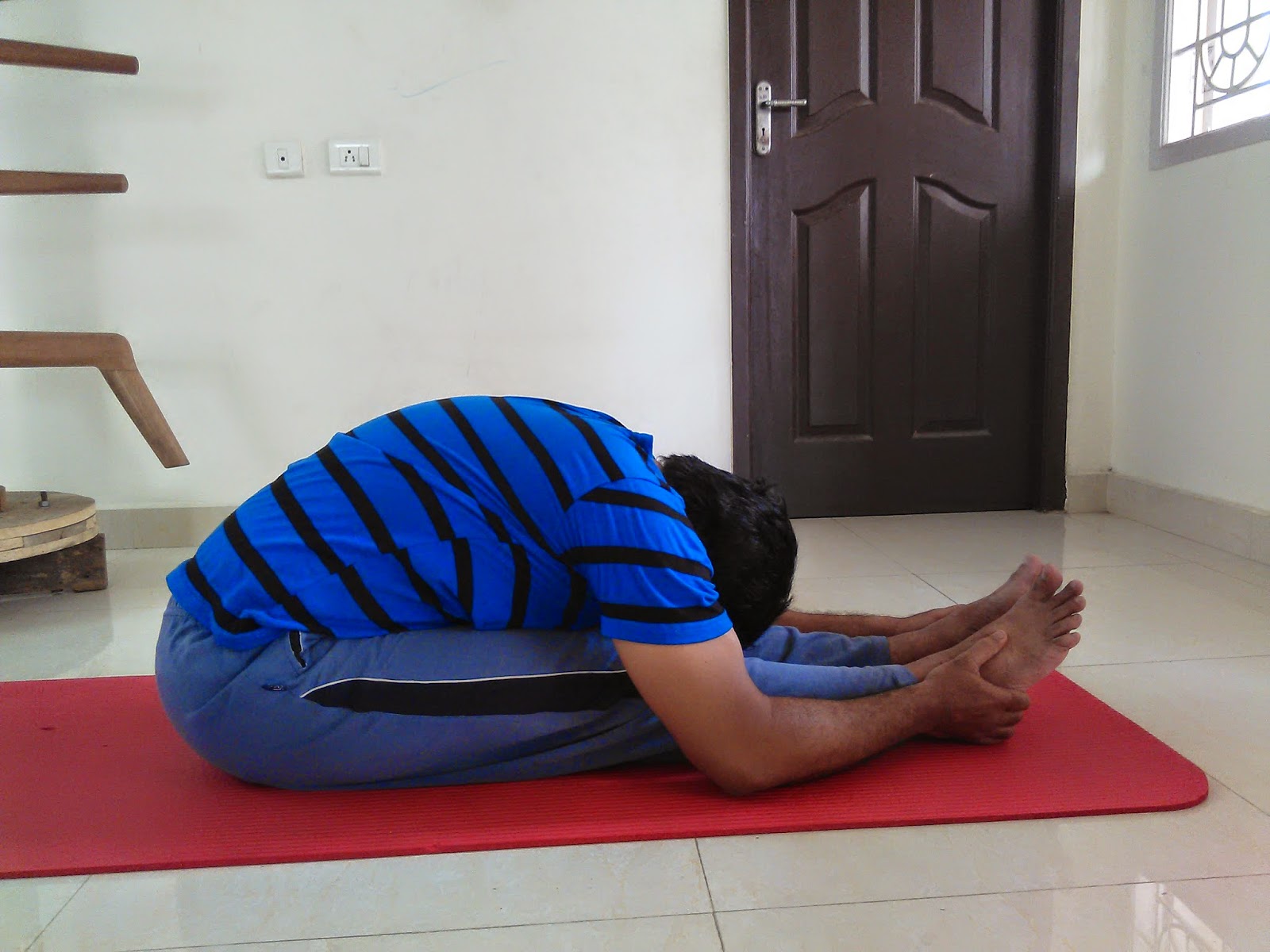Triangle Pose is called Trikonasana in Sanskrit. 'Tri' in Sanskrit means 'three', 'kona' means 'angle'. The formation of three triangles in this pose may have been the reason behind the name of the pose.
There is yet another reason behind its name. Triangle has always been considered a sign of stability. The number three also denotes the three doshas, namely, vata, pitta and kapha. It also denotes the three nadis or the energy channels namely ida, pingala and susumna. When these are balanced, the body and mind are in optimum state of health.
Triangle Pose stimulates muladhara, svadhittana and manipura chakras and improves their performance. Muladahara promotes stability; svadhittana is the energy center; it also promotes acceptance; manipura attracts universal force. Since practicing Triangle Pose supports healthy function of these three chakras, the body and mind acquire stability in thoughts and actions.
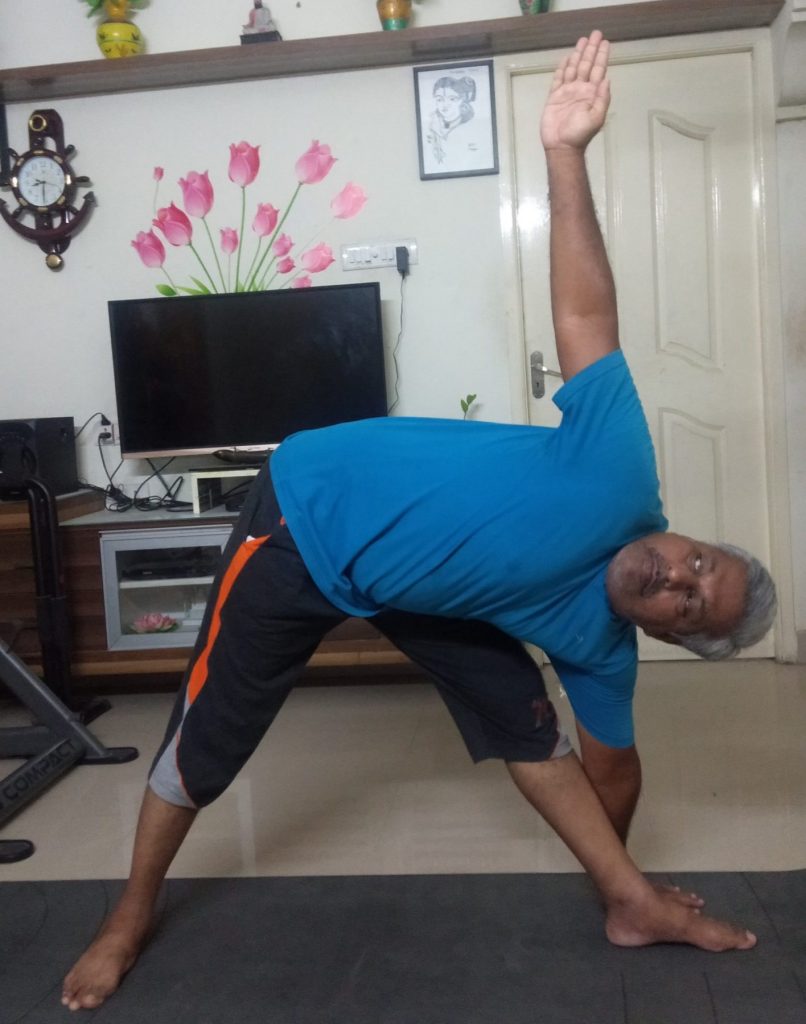
Other Benefits of Triangle Pose
- The pose strengthens the lungs.
- It improves spine flexibility and spine strength.
- It is an effective yoga pose for back pain.
- Regular practice of the pose helps to strengthen the nervous system.
- Neck pain gets relieved.
- The pose stimulates functions of abdominal organs.
- It improves flexibility in legs and also strengthens the legs.
- The pose relieves menstrual pain.
- It relieves sciatic conditions.
- It is an effective yoga pose for anxiety.
Instructions
- Assume Mountain Pose.
- Maintain about two to three feet distance between your feet.
- Inhale as you lift your hands sideways up to shoulder level. Keep your palms facing downwards.
- Turn the left foot slightly towards your right. Turn your right foot to the side so the toes are pointed towards the right side.
- With slow exhalation, bend your body sideways towards your right.
- Place your right palm on the floor on the outer side of the right leg. Alternately, you can also hold your right ankle.
- Lift your left arm upwards. The arm should be aligned to your shoulders with the fingers pointing upwards.
- Turn your head upwards and fix your gaze on the left hand thumb.
- Hold the pose for 30 seconds. Release the pose and repeat the same on the left side. Gradually increase the duration to one minute.
Note
Those with severe spine conditions and hip problems should refrain from practicing the pose.
Those with severe neck pain can look straight instead of turning the head upwards. Those with high blood pressure can perform the pose with their face turned downwards.
In case of difficulty in placing the palm on the floor, you can hold your leg where you can comfortably reach. Alternately, you can place a yoga block near your leg and place your palm on the same.
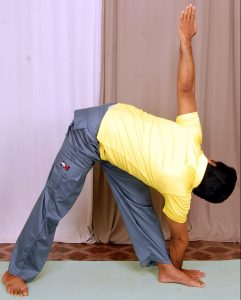
Yoga Pose for Day 55 - Revolved Triangle Pose (Parivrtta Trikonasana)
'Parivrtta' in Sanskrit means 'revolved', 'tri' means 'three' and 'kona' means 'angle'. Since the practitioner revolves around in the opposite direction, the pose is called Revolved Triangle Pose. It is called Parivrtta Trikonasana in Sanskrit.
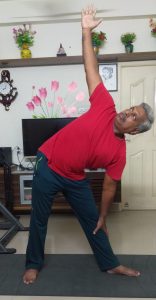
Yoga Pose for Day 53 - Half Triangle Pose (Ardha Trikonasana)
Half Triangle Pose - This pose is one of the easiest side bends that prepares your body for middle level side bending poses including Triangle Pose and deep side bends.
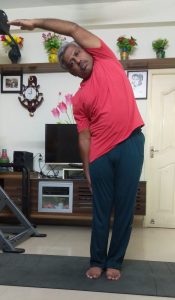
Yoga Pose for Day 52 - Half Waist Wheel Pose (Ardha Kati Chakrasana)
In one of our earlier posts, we had covered the benefits of Half Wheel Pose. The pose for today will be Half Waist Wheel Pose, which is called Ardha Kati Chakrasana in Sanskrit. 'Ardha' means 'half', 'kati' means 'waist'.
